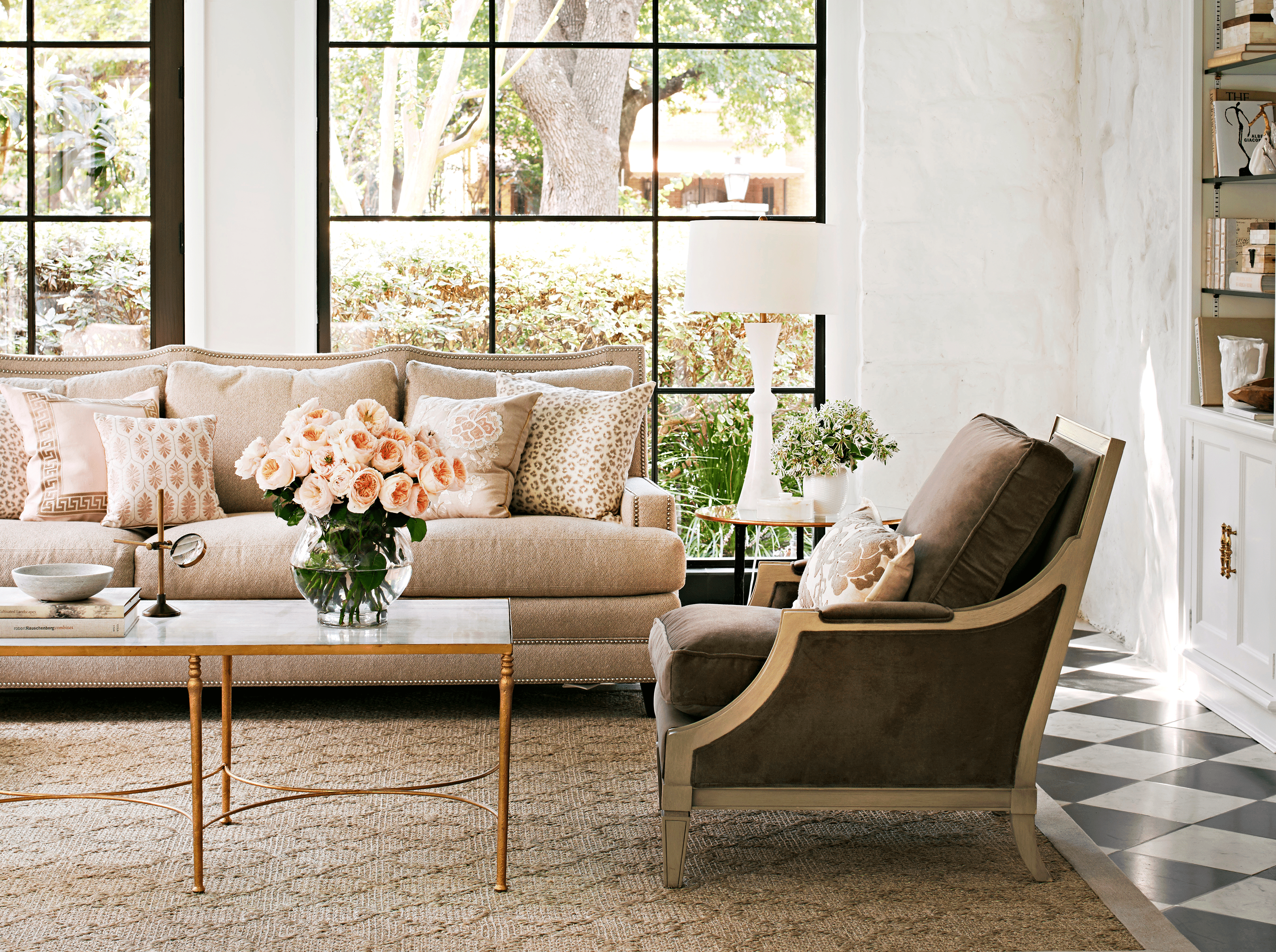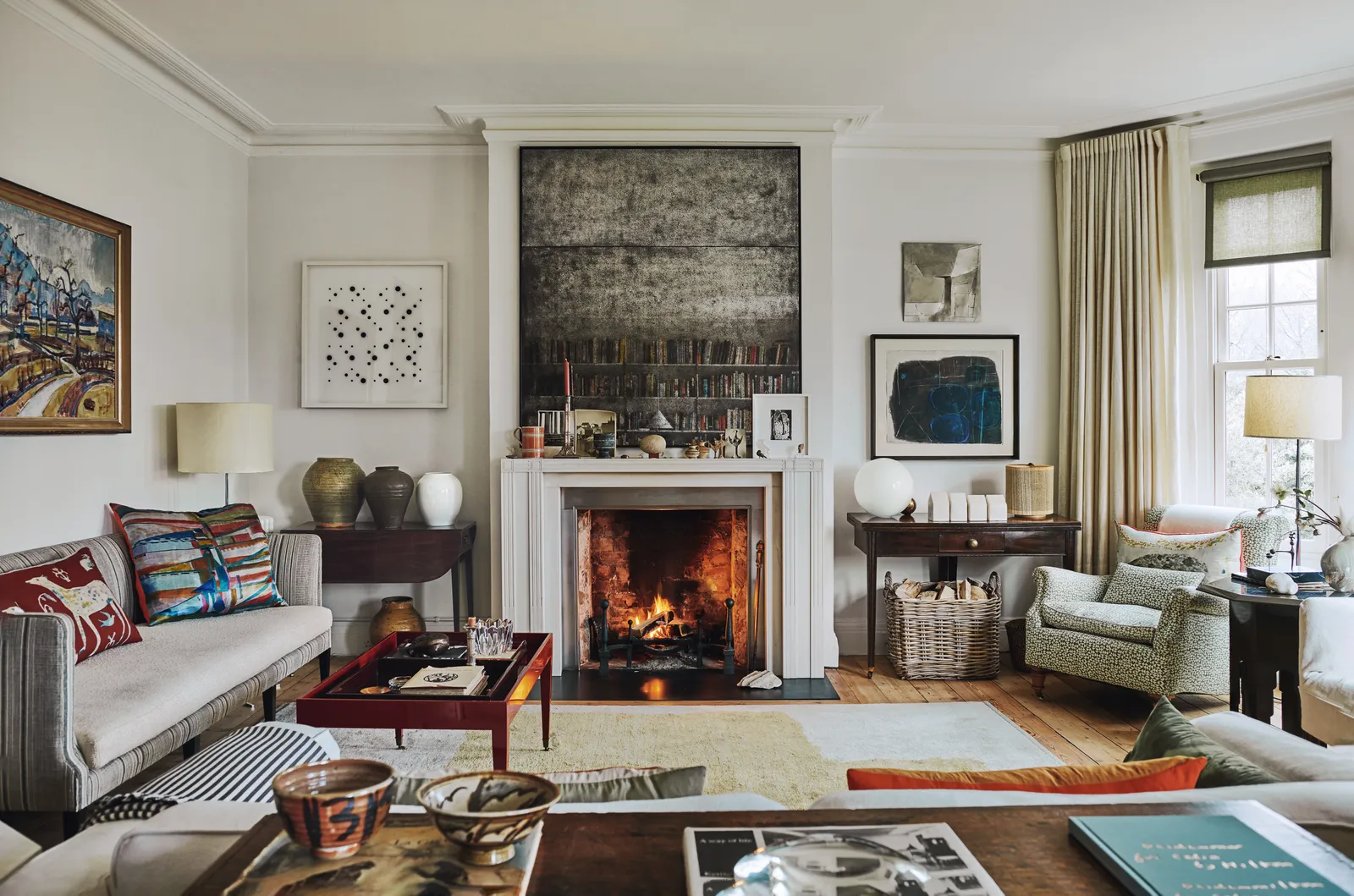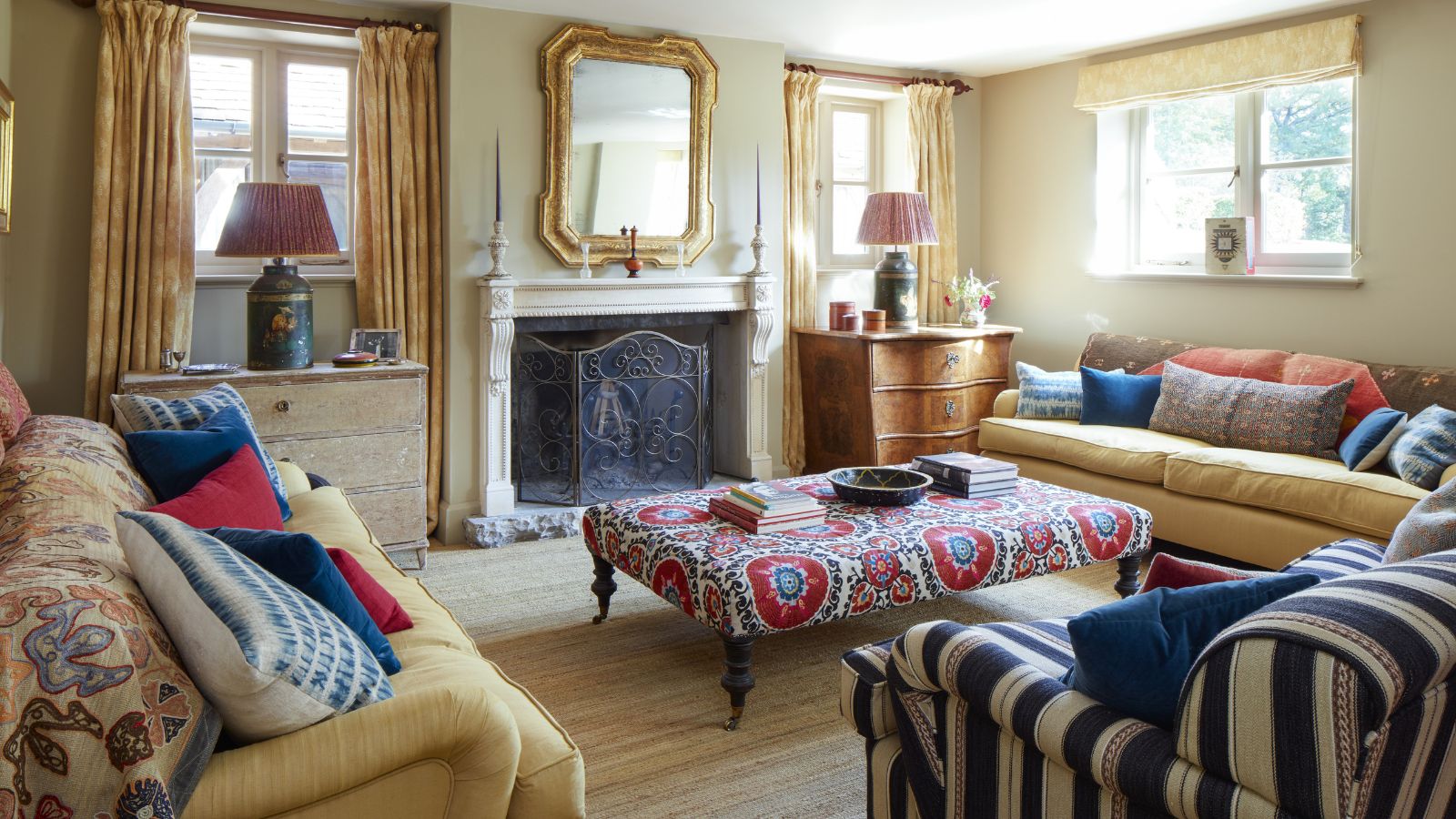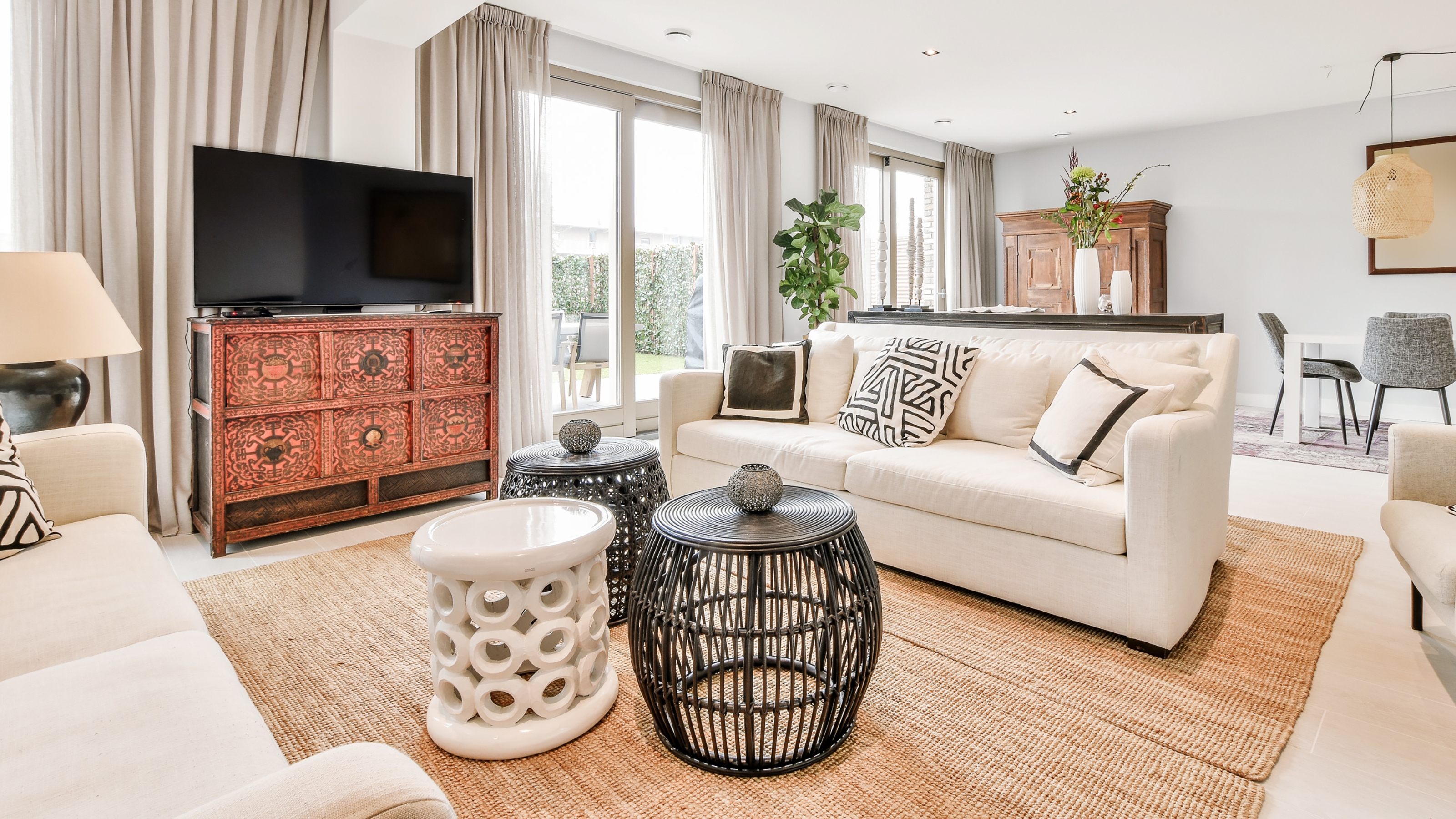You know, after all these years living here in Canada, I've learned something important about making a house feel like home. It's not about how much money you spend or having the fanciest furniture from those expensive stores downtown. It's about the warmth you create with what you already have, and maybe a few clever finds from your local thrift shop.
When my husband and I first moved to our little place in British Columbia, we didn't have much. Two kids, one income, and winters that seemed to last forever. But I discovered that creating a cozy space – the kind that makes you want to curl up with a good book and a cup of tea – doesn't require a big budget. It requires imagination, a bit of effort, and knowing where to look for treasures that others might overlook.
The best part about decorating on a budget is that your home ends up having so much more character than those magazine-perfect rooms. Every piece tells a story. That blanket you found at the church sale, the pillows you made from your grandmother's old curtains, the bookshelf you painted on a sunny Saturday afternoon – they all mean something. They're not just decorations; they're memories.
In this article, I'm going to share with you the practical tips I've gathered over the years for making your home warm and inviting without spending a fortune. These are real solutions that work in real homes, not fancy ideas that only look good in pictures.
Start With What You Already Have
Before you spend a single dollar, take a good look around your home. Really look. Most of us have more than we realize, just hiding in closets, basements, or tucked away in storage boxes. I once found a beautiful wooden tray at the back of my kitchen cupboard that I'd completely forgotten about. After a quick clean, it became the perfect centerpiece for my coffee table.
Walk through each room with fresh eyes. Sometimes we get so used to seeing things in one place that we forget they could work somewhere else. That chair in the corner of your bedroom might be exactly what your reading nook needs. Those books stacked on your desk could become a lovely display on your living room shelf. Moving things around costs nothing but time, and you'd be surprised how different a room can feel with a simple rearrangement.
The Power of Rearranging Furniture
I learned this trick from my mother, who could make any room feel brand new just by moving the furniture around. In Canadian homes, especially during our long winters, we spend so much time indoors. Changing the layout every few months keeps things feeling fresh. Try pulling your sofa away from the wall – it creates a more intimate conversation area. Angle chairs toward each other instead of lining them up like soldiers. These small changes make a big difference in how cozy a space feels.
Don't be afraid to experiment. The worst that can happen is you move everything back. But often, you'll discover arrangements that work much better than what you had before. I once moved my reading chair three times in one afternoon before finding the perfect spot near the window where the afternoon light comes in just right.
Thrift Store Treasures and How to Find Them
Thrift stores across Canada are absolutely full of wonderful things that people don't want anymore but that could be perfect for you. The key is knowing what to look for and having a bit of vision. Not everything needs to be perfect when you find it – sometimes the best pieces are the ones that need a little work.
I go thrift shopping every few weeks, and I've developed a system. First, I always check the home goods section for baskets, vases, and picture frames. These are the building blocks of a cozy home. Baskets are especially useful – you can never have too many. They hide clutter, hold blankets, organize magazines, and they're almost always cheap at thrift stores. I rarely pay more than five or six dollars for a good basket.
What to Look For
When I'm browsing, I focus on quality materials rather than perfect condition. A solid wood piece with a scratch can be fixed. A beautiful wool blanket with a small stain might clean up perfectly. But cheap materials stay cheap no matter what you do to them. Look for real wood, actual wool or cotton, glass rather than plastic, and metal that feels substantial in your hand.
Textiles are wonderful thrift store finds. Curtains, tablecloths, and vintage linens often cost just a few dollars. Even if they're not perfect, they might have enough good fabric to make throw pillows or cover a cushion. I once bought a tablecloth for three dollars and turned it into four beautiful pillow covers that would have cost me forty dollars each in a store.
Don't overlook the book section either. Books add so much warmth to a room, and thrift store books usually cost less than two dollars each. I like to group them by color on my shelves – all the blue spines together, then the reds, then the greens. It creates a rainbow effect that's both organized and cheerful.
Simple DIY Projects That Make a Big Impact
You don't need to be handy to do simple projects that make your home cozier. I'm not particularly crafty myself – I can barely sew a straight line – but I've learned a few basic skills that go a long way. Painting is probably the most powerful tool you have for changing a space, and it's not as difficult as people think.
A small can of paint costs around fifteen to twenty dollars here in Canada, and it can completely transform a piece of furniture or even a whole small room. I painted an old wooden chair I found at a garage sale, and now it's one of my favorite pieces. The trick is proper preparation – clean the surface well, use primer if you need it, and don't rush. Put on the radio, take your time, and enjoy the process.
No-Sew and Easy-Sew Projects
If you can operate a glue gun or make a simple straight stitch, you can make pillow covers. They're one of the easiest ways to change the look of a room. Buy fabric when it's on sale – I wait for the big sales at fabric stores and stock up. For a standard pillow, you need less than a meter of fabric, which often costs under ten dollars on sale.
You can also make simple curtains without much sewing. If you have a sewing machine, it's just straight lines. If you don't, hem tape and an iron will do the job. I made curtains for my kitchen using sheets I found at a thrift store. They cost me eight dollars total, and I just hemmed them to the right length. They've been hanging there for three years now, and people always ask where I bought them.
Bringing Nature Inside
Here in Canada, we're surrounded by natural beauty, and bringing some of it indoors costs absolutely nothing. In autumn, I collect branches with colorful leaves and put them in vases. In winter, pine branches and cones make beautiful displays. Spring brings pussy willows and early flowering branches. Summer is perfect for wildflowers and grasses.
Even if you live in the city, you can find natural elements in parks and along streets. Just be respectful and only take what you need. A few interesting branches in a simple vase create more visual interest than expensive artificial decorations ever could.
Layering Textures for Warmth
This is one of the secrets that took me years to understand. A cozy room isn't just about what you put in it – it's about how you layer different textures together. Smooth with rough, soft with hard, shiny with matte. When you mix textures, a room feels rich and inviting, even if everything in it was inexpensive.
Think about adding a soft throw blanket over a leather chair, or placing a woven basket on a smooth wooden floor. Put a fluffy pillow next to a linen one. Layer a soft rug over hardwood. These combinations create depth and interest without costing much money. Most of these items are things you already have or can find cheaply at thrift stores.
The Magic of Soft Furnishings
Blankets, pillows, and rugs are the easiest way to make a space feel cozy. They also happen to be very affordable if you know where to look. I keep an eye out at end-of-season sales, when stores clear out their inventory. In March, winter blankets go on sale. In September, summer linens are discounted. This is when I buy.
You don't need matching sets of anything. In fact, I think mismatched pillows and blankets look more interesting and lived-in than perfectly coordinated ones. As long as the colors work together somewhat – and they usually do if you stick to a general palette – mixing patterns and textures looks intentional and stylish.
Creating Ambiance With Lighting
Lighting can make or break the cozy feeling of a room, and it's one area where small changes create huge differences. The overhead lights that came with your home probably aren't doing you any favors. They're usually too bright and too harsh for creating a warm atmosphere.
Instead of using overhead lights in the evening, try using lamps placed around the room at different heights. This creates pools of warm light that feel much more inviting. You can find inexpensive lamps at thrift stores all the time. I've bought beautiful lamps for five or ten dollars that just needed a new shade or a fresh coat of paint on the base.
Affordable Lighting Solutions
Candles are wonderful for creating coziness, especially during our dark Canadian winters. You don't need expensive ones – simple tea lights or pillar candles from the dollar store work just fine. Group them together on a tray or plate for impact. Always remember safety, though – never leave candles burning unattended, and keep them away from anything flammable.
String lights aren't just for Christmas. I hang them year-round in my reading nook, and they create the most beautiful soft glow in the evening. You can find sets at dollar stores or pick them up after Christmas when they're on sale. They last for years and use very little electricity.
Personal Touches That Cost Nothing
The coziest homes are the ones that tell the story of the people who live there. Display things that matter to you, even if they wouldn't mean anything to anyone else. That collection of rocks your kids brought home from the beach, your grandmother's old teacup, photos of people you love – these are what make a house feel like your home.
I have a shelf in my living room that's just family photos in mismatched frames – some from thrift stores, some from dollar stores, one that my daughter made in school. It's not fancy, but every time I look at it, I feel happy. That's worth more than any expensive decoration.
Create a Gallery Wall
You don't need expensive art to create a beautiful gallery wall. Print photos at the drug store – they often have sales where prints cost just pennies each. Frame them in simple frames from the dollar store or thrift shops. Mix in some children's artwork, pages from old books, or even fabric swatches in small frames. Arrange them on your wall in a cluster, and you've got something that looks intentional and personal.
I change mine with the seasons sometimes, swapping out photos and adding seasonal elements. It keeps things interesting and costs nothing since I'm just rotating things I already have.
Plants: The Ultimate Affordable Decor
Living things bring so much life and coziness to a space, and plants are surprisingly affordable. You don't need fancy exotic varieties – simple, easy-care plants work beautifully and cost very little. Pothos, spider plants, and snake plants are nearly impossible to kill and often cost under ten dollars at grocery stores or garden centers.
You can also propagate plants from cuttings, which is completely free. Many plants will grow roots if you just stick a cutting in water for a few weeks. I've given away dozens of plants that started as single cuttings from my original plants. Friends are usually happy to share cuttings too – just ask.
Creative Containers
You don't need expensive pots either. I use old jars, thrift store mugs, tin cans covered in fabric or paint, and baskets lined with plastic. As long as there's drainage (or you're careful not to overwater), almost any container can hold a plant. Some of my favorite planters cost nothing – they were things I already had that I repurposed.
Group plants together for more impact. Three small plants together look more intentional than one plant alone. Vary the heights by putting some on stacks of books or small boxes. This creates a lush, layered look that feels very cozy and welcoming.
Final Thoughts on Creating Your Cozy Space
Creating a warm, inviting home on a budget is absolutely possible, and in many ways, it's more rewarding than buying everything new from expensive stores. When you put in the effort to find treasures at thrift stores, make things yourself, or repurpose what you already have, your home becomes truly yours. Every piece has a story, and that's what makes a space feel lived-in and loved.
Remember that creating a cozy home is a process, not something that happens overnight. Start with one room, or even just one corner of a room. Make it a space that makes you happy. Then gradually work on other areas as you find things or have time for projects. There's no rush, and the journey of creating your perfect cozy space is part of the joy.
The most important thing is that your home feels good to you. It doesn't matter what's trendy or what you see in magazines. If you love it and it makes you feel comfortable and happy when you walk in the door, then you've succeeded. That's what real coziness is – not perfection, but a space that welcomes you home.




